The Art of War
Visualized
The Sun Tzu Classic in Charts and Graphs
Jessica Hagy Workman Publishing, New York
For Calvin
Heres to fighting thoughtfully for only the best of causes.
Contents
Introduction
Visualize Your Metaphor
The Art of War is a classic text attributed to the Chinese general Sun Tzu, who lived roughly 2,500 years ago. In recent centuries, its become not only
the must-read book on military strategy (obviously), but its also become the go-to guide for domination in business, politics, management, marketing, logistical planning, and even sports. It has a concise, biblical rhythm, and a vaguely mythical tone. Its so old and so mysterious that it is
literally legendary. Because Im a visual storyteller by trade, when I first read
The Art of War, I saw the short verses as captions for images that werent yet on the page; reimagining this globally revered classic with charts and graphs was something I felt almost compelled to doto create a modern, visual translation that shakes off 2,500 years of dust and changes the way we ponder conflict.
At first, illustrating it was a challenge. But halfway through the second chapter, I realized that his ideas arent as bloodthirsty and brutish as his legend might lead you to believe. I found I actually liked old Sun Tzu. He makes a lot (and I do mean a lot) of logical sense. Each of his verses is a kind of lesson, so feel free to hopscotch through the pages or pause to reflect as you go alongafter all, the most important verses in this book will be the ones that help you best visualize your own experiences. It became clear that The Art of War is massively popular because Sun Tzus insights apply to all conflicts, great or small.
The advice in these pages is as applicable to a ten-year-old running for student council president as it is to a conquering general. Its less about war than it is about problem solvingits a meta-metaphor. War is merely the stand-in noun for every hassle youve ever had in your life. Were all fighting for something or other. Lucky for us, Sun Tzu gave us a game plan. 
Chapter 1
Laying Plans
Visualize Your Strategy
Sun Tzu said: The art of war* is of vital importance to the State.
It is a matter of life and death, a road either to safety or to ruin. Hence it is a subject of inquiry which can on no account be neglected. 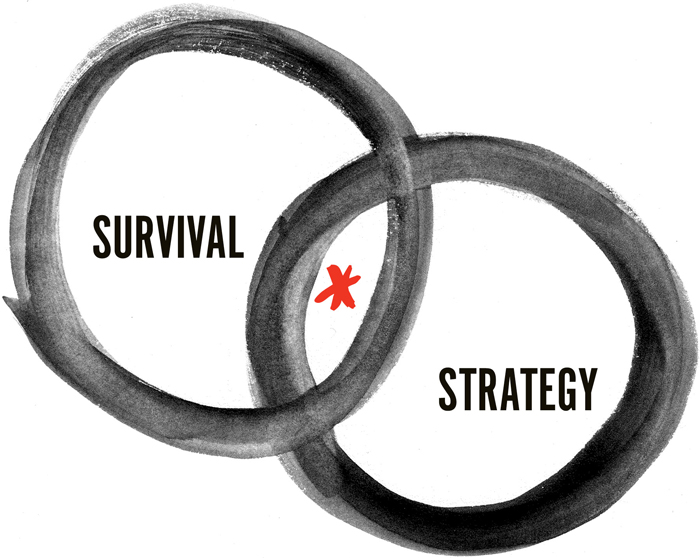 The art of war, then, is governed by five constant factors, to be taken into account in ones deliberations, when seeking to determine the conditions obtaining in the field. These are: 1. The Moral Law 2. Earth 4. Earth 4.
The art of war, then, is governed by five constant factors, to be taken into account in ones deliberations, when seeking to determine the conditions obtaining in the field. These are: 1. The Moral Law 2. Earth 4. Earth 4.
The Commander 5. Method and discipline 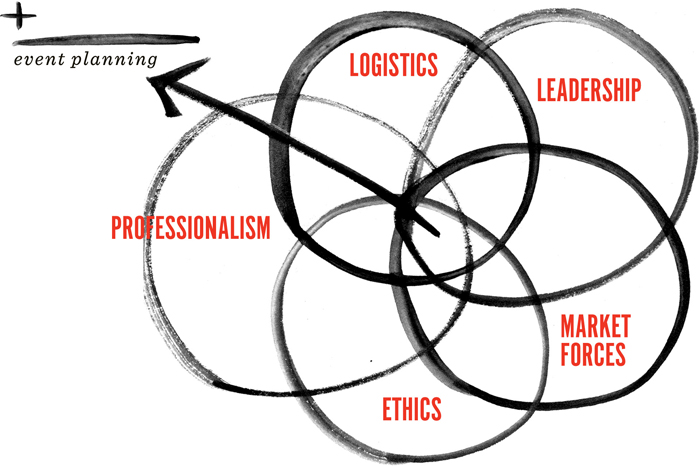 The Moral Law causes the people to be in complete accord with their ruler, so that they will follow him regardless of their lives, undismayed by any danger. Heaven signifies night and day, cold and heat, times and seasons. Earth comprises distances, great and small; danger and security; open ground and narrow passes; the chances of life and death.
The Moral Law causes the people to be in complete accord with their ruler, so that they will follow him regardless of their lives, undismayed by any danger. Heaven signifies night and day, cold and heat, times and seasons. Earth comprises distances, great and small; danger and security; open ground and narrow passes; the chances of life and death. 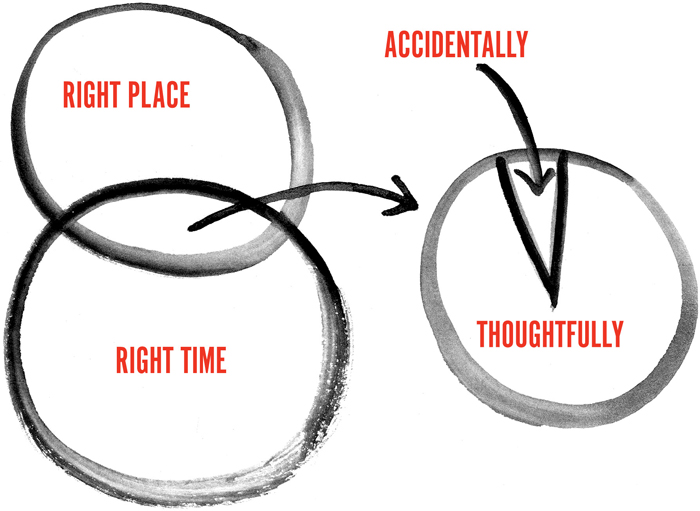 The Commander stands for the virtues of wisdom, sincerity, benevolence, courage, and strictness.
The Commander stands for the virtues of wisdom, sincerity, benevolence, courage, and strictness. 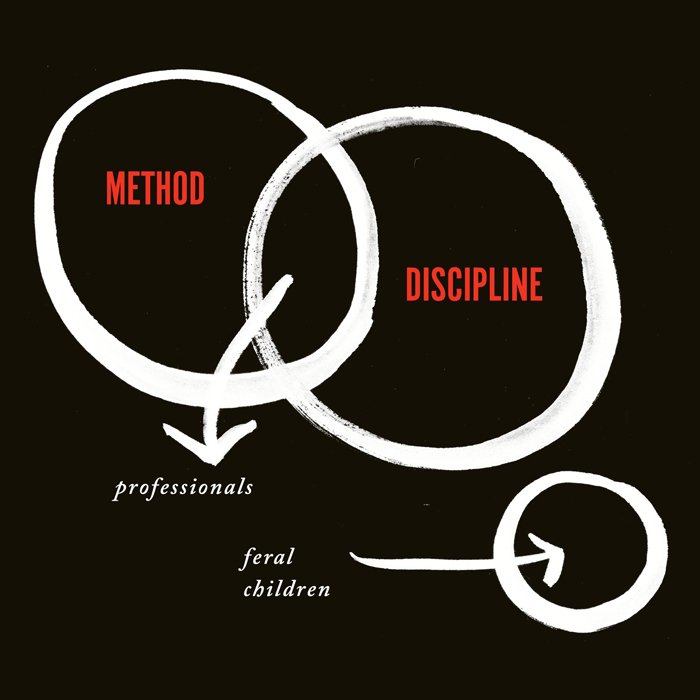 These five heads should be familiar to every general: He who knows them will be victorious; he who knows them not will fail.
These five heads should be familiar to every general: He who knows them will be victorious; he who knows them not will fail.  These five heads should be familiar to every general: He who knows them will be victorious; he who knows them not will fail.
These five heads should be familiar to every general: He who knows them will be victorious; he who knows them not will fail.
Therefore, in your deliberations, when seeking to determine the military conditions, let them be made the basis of a comparison, in this wise: 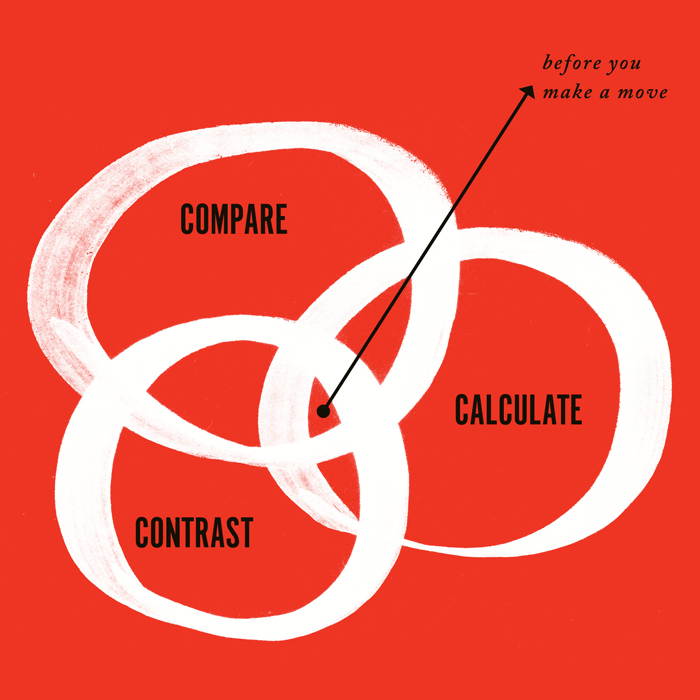 Which of the two sovereigns is imbued with the Moral Law? Which of the two generals has most ability? With whom lie the advantages derived from Heaven and Earth? On which side is discipline most rigorously enforced? Which army is stronger? On which side are officers and men more highly trained? In which army is there the greater constancy both in reward and punishment?
Which of the two sovereigns is imbued with the Moral Law? Which of the two generals has most ability? With whom lie the advantages derived from Heaven and Earth? On which side is discipline most rigorously enforced? Which army is stronger? On which side are officers and men more highly trained? In which army is there the greater constancy both in reward and punishment? 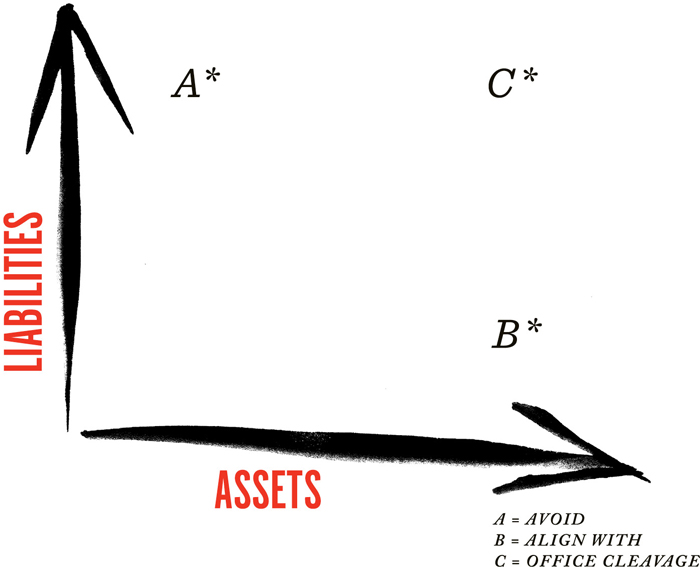 By means of these seven considerations I can forecast victory or defeat. The general who hearkens to my counsel and acts upon it, will conquer: Let such a one be retained in command! The general who hearkens not to my counsel nor acts upon it, will suffer defeat: Let such a one be dismissed!
By means of these seven considerations I can forecast victory or defeat. The general who hearkens to my counsel and acts upon it, will conquer: Let such a one be retained in command! The general who hearkens not to my counsel nor acts upon it, will suffer defeat: Let such a one be dismissed!  While heeding the profit of my counsel, avail yourself also of any helpful circumstances over and beyond the ordinary rules. According as circumstances are favorable, one should modify ones plans.
While heeding the profit of my counsel, avail yourself also of any helpful circumstances over and beyond the ordinary rules. According as circumstances are favorable, one should modify ones plans. 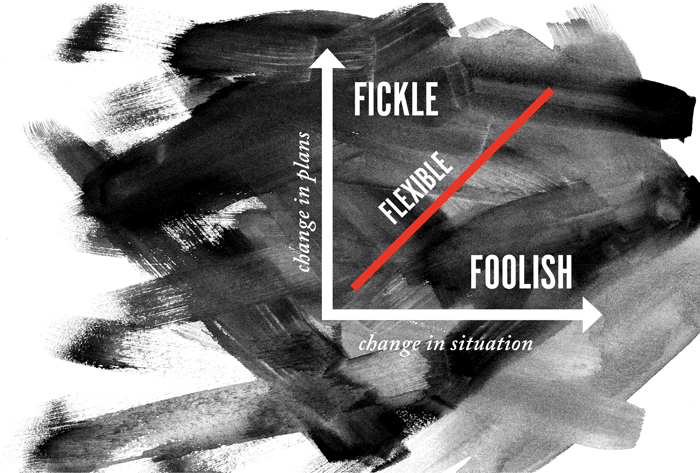 All warfare is based on deception. Hence, when able to attack, we must seem unable; when using our forces, we must seem inactive; when we are near, we must make the enemy believe we are far away; when far away, we must make him believe we are near.
All warfare is based on deception. Hence, when able to attack, we must seem unable; when using our forces, we must seem inactive; when we are near, we must make the enemy believe we are far away; when far away, we must make him believe we are near. 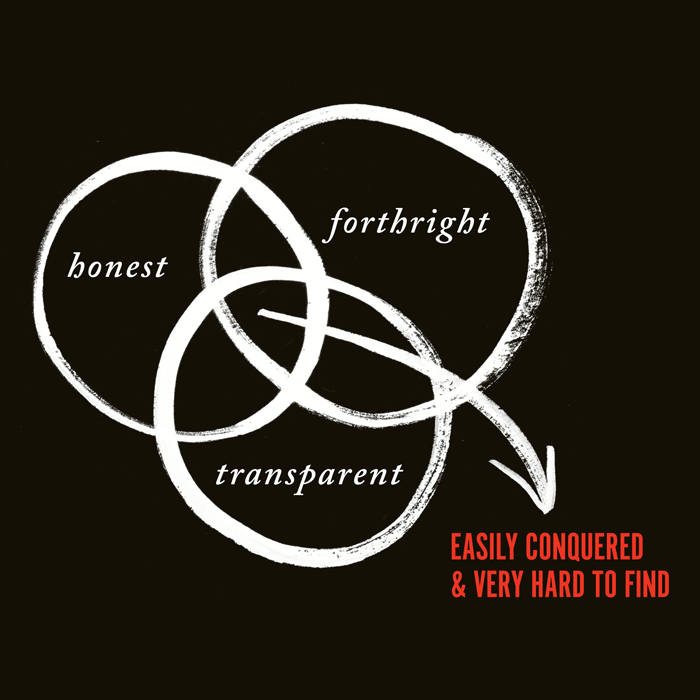 Hold out baits to entice the enemy.
Hold out baits to entice the enemy.
Feign disorder, and crush him. If he is secure at all points, be prepared for him. If he is in superior strength, evade him. If your opponent is of choleric temper, seek to irritate him. Pretend to be weak, that he may grow arrogant. If he is taking his ease, give him no rest.
If his forces are united, separate them. Attack him where he is unprepared, appear where you are not expected. These military devices, leading to victory, must not be divulged beforehand. 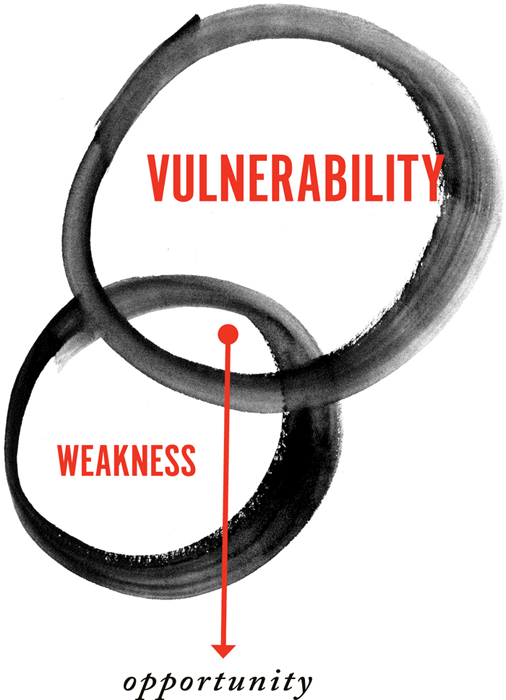 Now the general who wins a battle makes many calculations in his temple ere the battle is fought. The general who loses a battle makes but few calculations beforehand.
Now the general who wins a battle makes many calculations in his temple ere the battle is fought. The general who loses a battle makes but few calculations beforehand. 
Chapter 2
Waging War
Visualize Your Approach
Sun Tzu said: In the operations of war, where there are in the field a thousand swift chariots, as many heavy chariots, and a hundred thousand mail-clad soldiers, with provisions enough to carry them a thousand










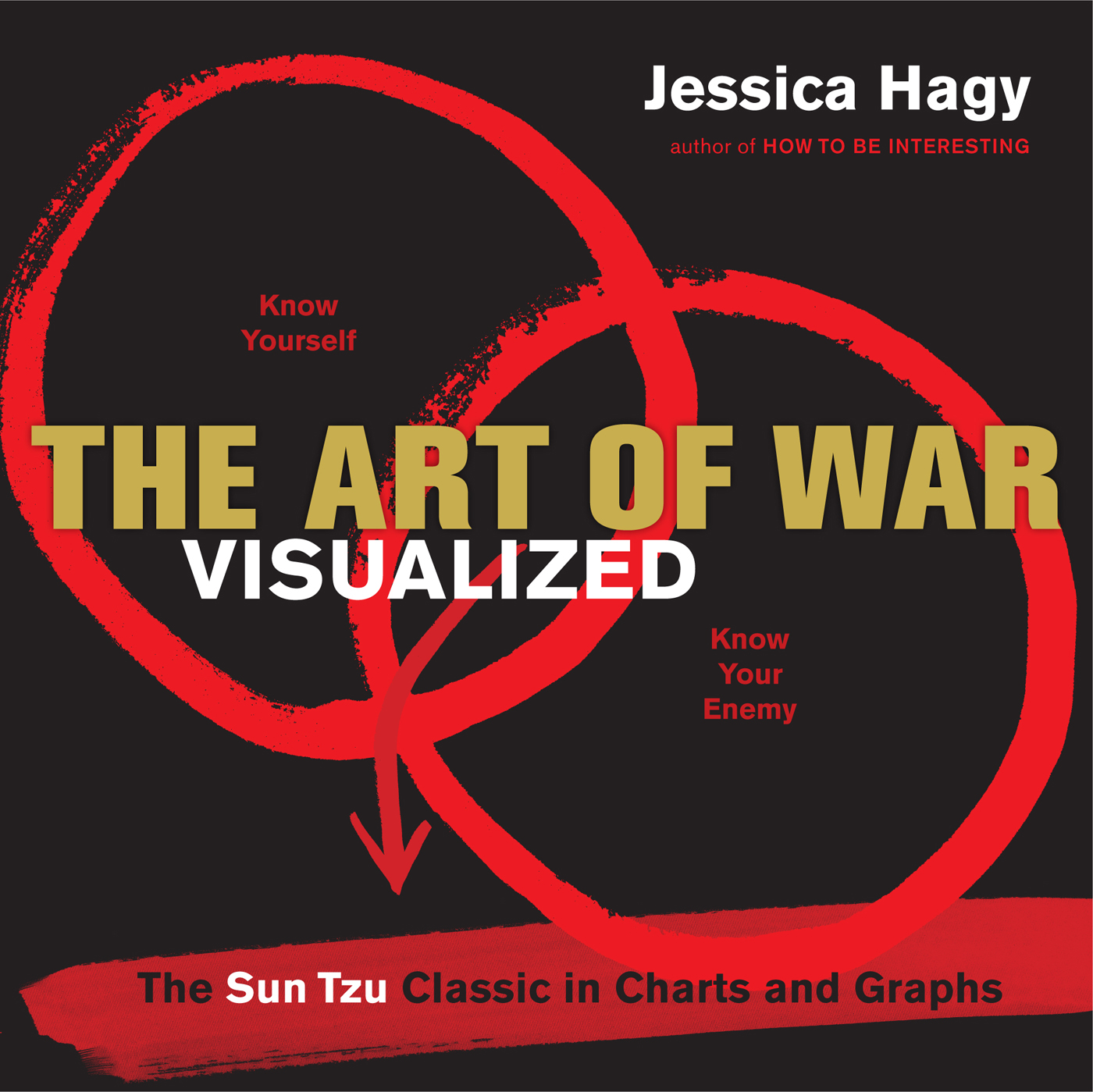

 The art of war, then, is governed by five constant factors, to be taken into account in ones deliberations, when seeking to determine the conditions obtaining in the field. These are: 1. The Moral Law 2. Earth 4. Earth 4.
The art of war, then, is governed by five constant factors, to be taken into account in ones deliberations, when seeking to determine the conditions obtaining in the field. These are: 1. The Moral Law 2. Earth 4. Earth 4. The Moral Law causes the people to be in complete accord with their ruler, so that they will follow him regardless of their lives, undismayed by any danger. Heaven signifies night and day, cold and heat, times and seasons. Earth comprises distances, great and small; danger and security; open ground and narrow passes; the chances of life and death.
The Moral Law causes the people to be in complete accord with their ruler, so that they will follow him regardless of their lives, undismayed by any danger. Heaven signifies night and day, cold and heat, times and seasons. Earth comprises distances, great and small; danger and security; open ground and narrow passes; the chances of life and death.  The Commander stands for the virtues of wisdom, sincerity, benevolence, courage, and strictness.
The Commander stands for the virtues of wisdom, sincerity, benevolence, courage, and strictness.  These five heads should be familiar to every general: He who knows them will be victorious; he who knows them not will fail.
These five heads should be familiar to every general: He who knows them will be victorious; he who knows them not will fail.  Which of the two sovereigns is imbued with the Moral Law? Which of the two generals has most ability? With whom lie the advantages derived from Heaven and Earth? On which side is discipline most rigorously enforced? Which army is stronger? On which side are officers and men more highly trained? In which army is there the greater constancy both in reward and punishment?
Which of the two sovereigns is imbued with the Moral Law? Which of the two generals has most ability? With whom lie the advantages derived from Heaven and Earth? On which side is discipline most rigorously enforced? Which army is stronger? On which side are officers and men more highly trained? In which army is there the greater constancy both in reward and punishment?  By means of these seven considerations I can forecast victory or defeat. The general who hearkens to my counsel and acts upon it, will conquer: Let such a one be retained in command! The general who hearkens not to my counsel nor acts upon it, will suffer defeat: Let such a one be dismissed!
By means of these seven considerations I can forecast victory or defeat. The general who hearkens to my counsel and acts upon it, will conquer: Let such a one be retained in command! The general who hearkens not to my counsel nor acts upon it, will suffer defeat: Let such a one be dismissed!  While heeding the profit of my counsel, avail yourself also of any helpful circumstances over and beyond the ordinary rules. According as circumstances are favorable, one should modify ones plans.
While heeding the profit of my counsel, avail yourself also of any helpful circumstances over and beyond the ordinary rules. According as circumstances are favorable, one should modify ones plans.  All warfare is based on deception. Hence, when able to attack, we must seem unable; when using our forces, we must seem inactive; when we are near, we must make the enemy believe we are far away; when far away, we must make him believe we are near.
All warfare is based on deception. Hence, when able to attack, we must seem unable; when using our forces, we must seem inactive; when we are near, we must make the enemy believe we are far away; when far away, we must make him believe we are near.  Hold out baits to entice the enemy.
Hold out baits to entice the enemy. Now the general who wins a battle makes many calculations in his temple ere the battle is fought. The general who loses a battle makes but few calculations beforehand.
Now the general who wins a battle makes many calculations in his temple ere the battle is fought. The general who loses a battle makes but few calculations beforehand. 